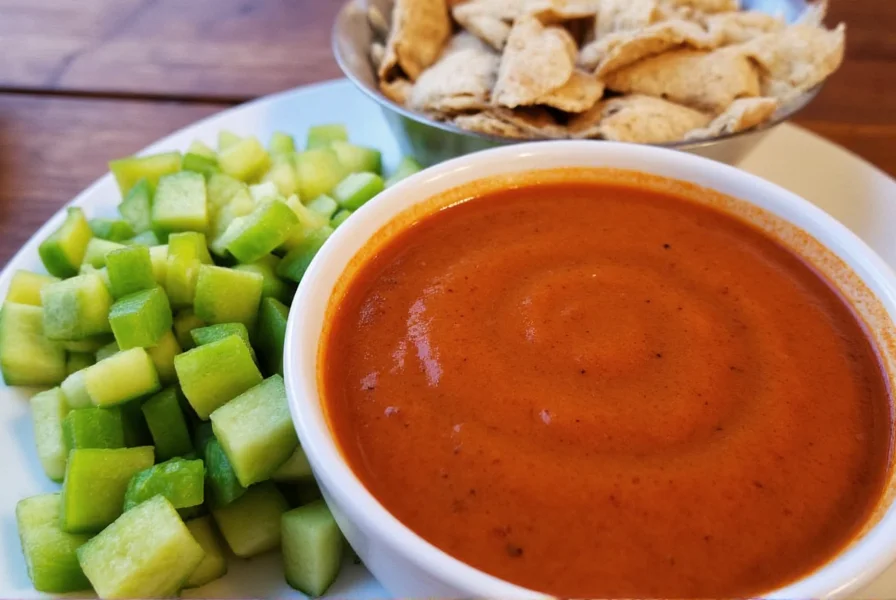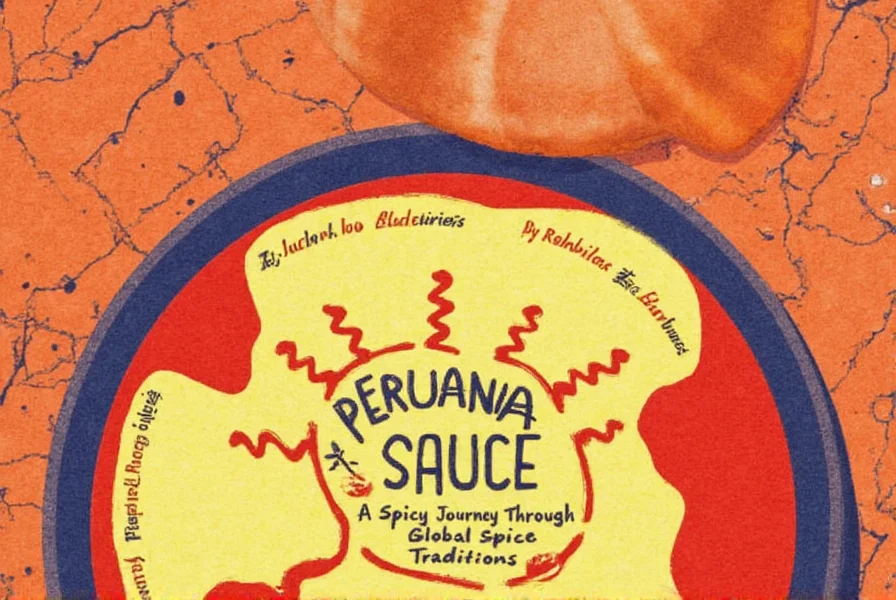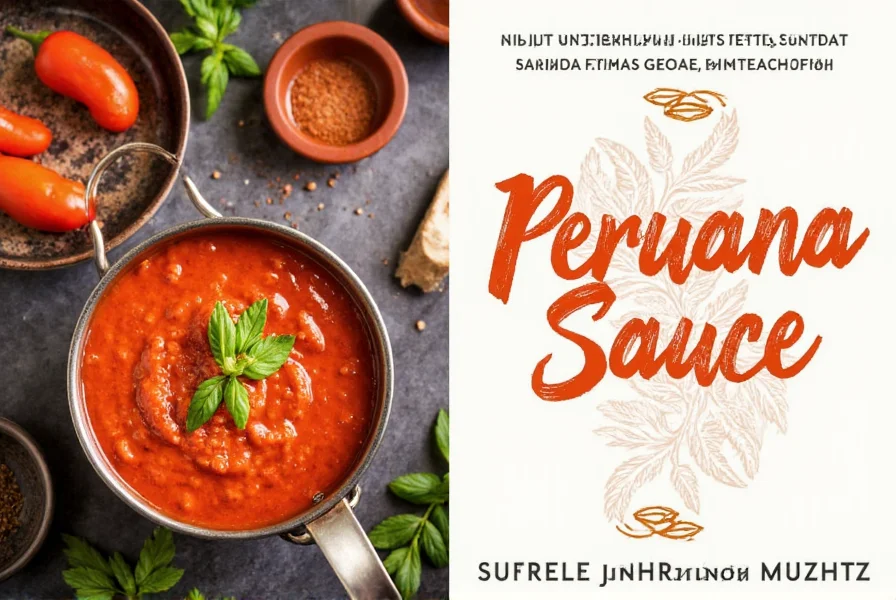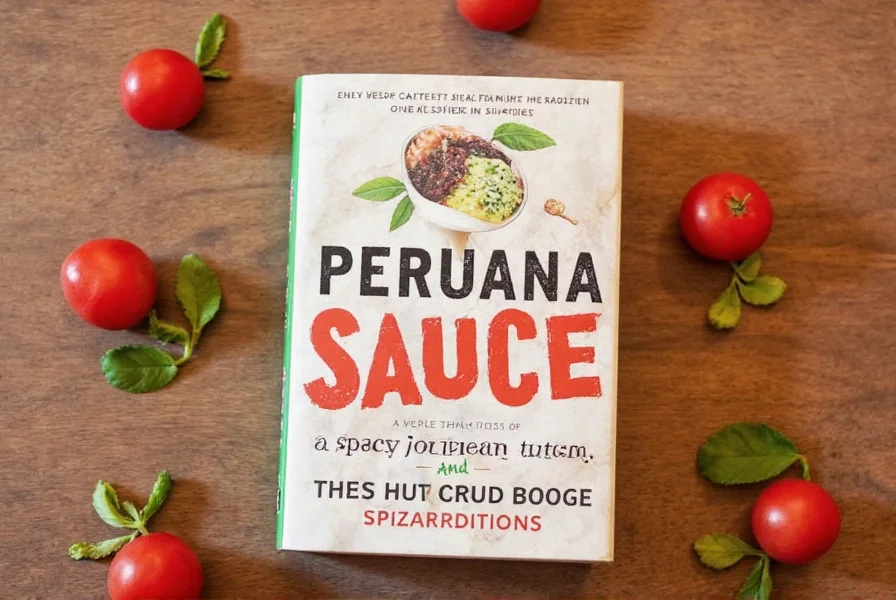Peruana Sauce: A Spicy Journey Through Global Spice Traditions
If you're a spice lover, then you've probably heard of Peruana sauce. But what exactly is it? How does it differ from other spicy sauces around the world? In this article, we’ll take you on a flavorful adventure through the history, ingredients, and uses of Peruana sauce—while also touching on global spice traditions that have shaped our palates.
Table of Contents
- What Is Peruana Sauce?
- Global Spice Traditions
- How to Use Peruana Sauce
- Buying Guide for Peruana Sauce
- Tips for Cooking with Peruana Sauce
- Conclusion
What Is Peruana Sauce?
Peruana sauce is a traditional Peruvian condiment known for its bold flavor and heat. It’s made from a blend of chili peppers, garlic, vinegar, and various spices. What makes it unique is its balance between spiciness and acidity, making it a versatile addition to many dishes.

The origins of Peruana sauce can be traced back to the Andean regions of Peru, where indigenous communities used locally grown chilies and herbs to create their own versions of spicy sauces. Over time, this recipe evolved, incorporating influences from Spanish colonization and the introduction of new ingredients like tomatoes and onions.
Today, Peruana sauce is widely used in Peruvian cuisine, often paired with grilled meats, seafood, and even as a base for stews. Its versatility has also led to its adoption in international kitchens, where chefs experiment with different variations.
Global Spice Traditions
Spices are more than just flavor enhancers—they’re cultural markers, historical artifacts, and essential parts of daily life across the globe. From the fiery curries of India to the smoky paprika of Spain, each region has developed its own unique spice traditions.
Let’s take a quick look at how some of these traditions compare to Peruana sauce:
| Spice Tradition | Origin | Main Ingredients | Flavor Profile |
|---|---|---|---|
| Peruana Sauce | Peru | Chili, garlic, vinegar, herbs | Spicy, tangy, slightly sweet |
| Indian Curry | India | Curry powder, turmeric, cumin, coriander | Rich, aromatic, complex |
| Mexican Salsa | Mexico | Tomatoes, onions, jalapeños, cilantro | Tangy, fresh, slightly spicy |
| Korean Gochujang | Korea | Red pepper paste, glutinous rice, fermented soybeans | Sweet, savory, umami-rich |
As you can see, while each tradition has its own distinct character, they all share a common thread: the use of spices to enhance and transform food into something unforgettable.

How to Use Peruana Sauce
One of the great things about Peruana sauce is its adaptability. Here are some popular ways to use it:
- Marinating Meat: Use it as a marinade for chicken, beef, or pork before grilling or roasting.
- Adding to Stews: Stir a splash into your favorite stew or soup for extra depth and heat.
- Dipping Sauce: Serve it alongside empanadas, fried plantains, or roasted vegetables.
- Salad Dressing: Mix it with olive oil and lime juice for a zesty salad dressing.
- Enhancing Dishes: Drizzle over ceviche, grilled fish, or even pizza for a spicy kick.

Don’t be afraid to get creative! The key is to balance the heat with other flavors. If you find it too spicy, you can always dilute it with a bit of water or add a touch of sweetness with honey or agave.
Buying Guide for Peruana Sauce
Whether you're shopping in a local market or online, choosing the right Peruana sauce can make a big difference in your cooking. Here’s a detailed guide to help you pick the best one:
Top Brands and Products
- PiscoLover Peruana Sauce
- Features: Made with locally sourced chilies and traditional methods.
- Advantages: Balanced flavor, no artificial additives.
- Use Cases: Ideal for marinades, dressings, and dipping.
- Target Audience: Home cooks and professional chefs looking for authenticity.
- Suitable Occasions: Casual dinners, festivals, and holiday meals.
- Andes Spice Co. Peruana Sauce
- Features: Organic ingredients and eco-friendly packaging.
- Advantages: Great for health-conscious consumers.
- Use Cases: Salad dressings, sauces, and light cooking.
- Target Audience: Eco-conscious individuals and those following a clean diet.
- Suitable Occasions: Lunches, picnics, and everyday meals.
- Amazon Peruvian Kitchen Peruana Sauce
- Features: Affordable and widely available.
- Advantages: Easy to purchase and consistent quality.
- Use Cases: Everyday cooking and casual meals.
- Target Audience: Beginners and casual users.
- Suitable Occasions: Quick meals and impromptu gatherings.
When buying, look for labels that mention “traditional” or “artisanal” to ensure authenticity. Also, check the ingredient list for any unwanted preservatives or artificial colors.
Tips for Cooking with Peruana Sauce
If you're new to using Peruana sauce, here are some practical tips to help you make the most of it:
- Start Small: Since it's quite spicy, begin with a small amount and adjust to taste.
- Pair with Creamy Elements: Balance the heat with dairy products like sour cream, yogurt, or cheese.
- Experiment with Heat Levels: Some brands are milder, while others are extremely hot. Try a few to find your favorite.
- Make Your Own: If you’re feeling adventurous, try making your own Peruana sauce using fresh chilies, garlic, and vinegar.
- Store Properly: Keep it in a sealed container in the refrigerator for up to a month.

Remember, the goal is to enhance your dish—not overpower it. With a little practice, you’ll be able to incorporate Peruana sauce into your favorite recipes like a pro.
Conclusion
Peruana sauce is more than just a spicy condiment—it’s a symbol of Peru’s rich culinary heritage. As we explored in this article, it fits perfectly into the broader tapestry of global spice traditions, offering a unique combination of heat, tanginess, and depth. Whether you're a seasoned chef or a curious home cook, there’s something special about adding a drizzle of Peruana sauce to your meal.
So next time you're looking to add some flavor and excitement to your cooking, consider reaching for a bottle of Peruana sauce. You might just discover a new favorite way to enjoy your favorite dishes.











 浙公网安备
33010002000092号
浙公网安备
33010002000092号 浙B2-20120091-4
浙B2-20120091-4